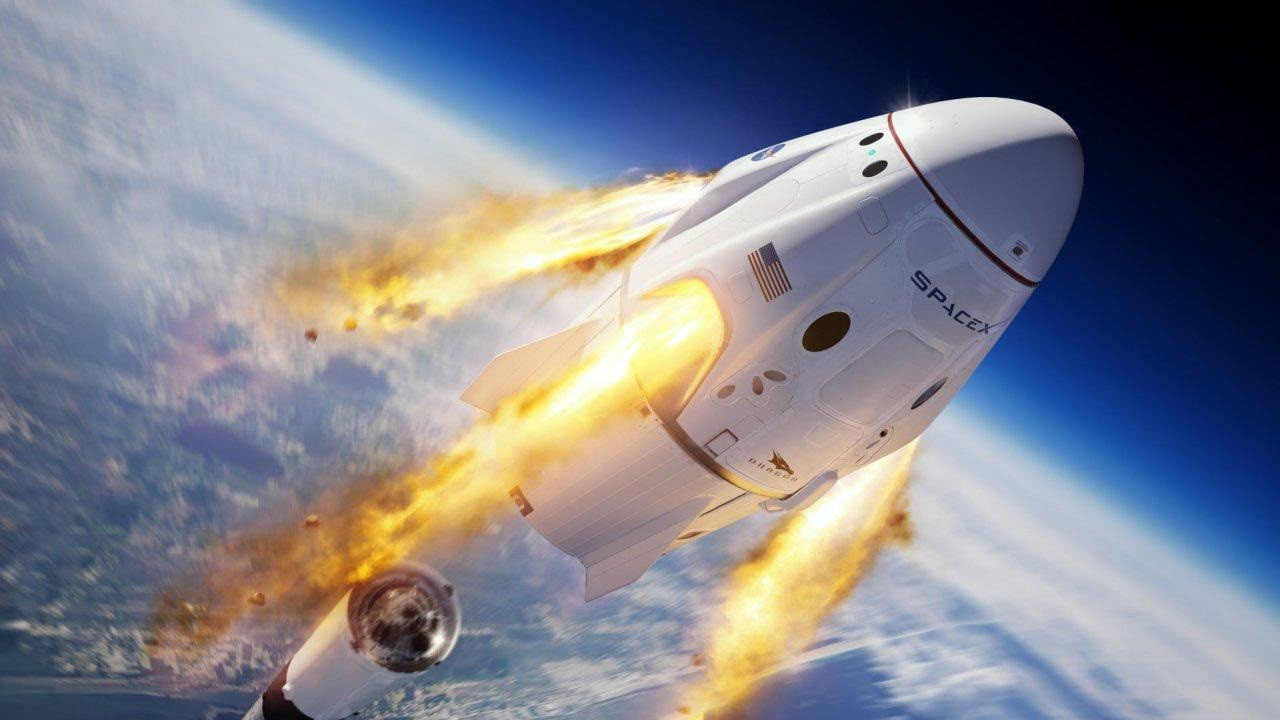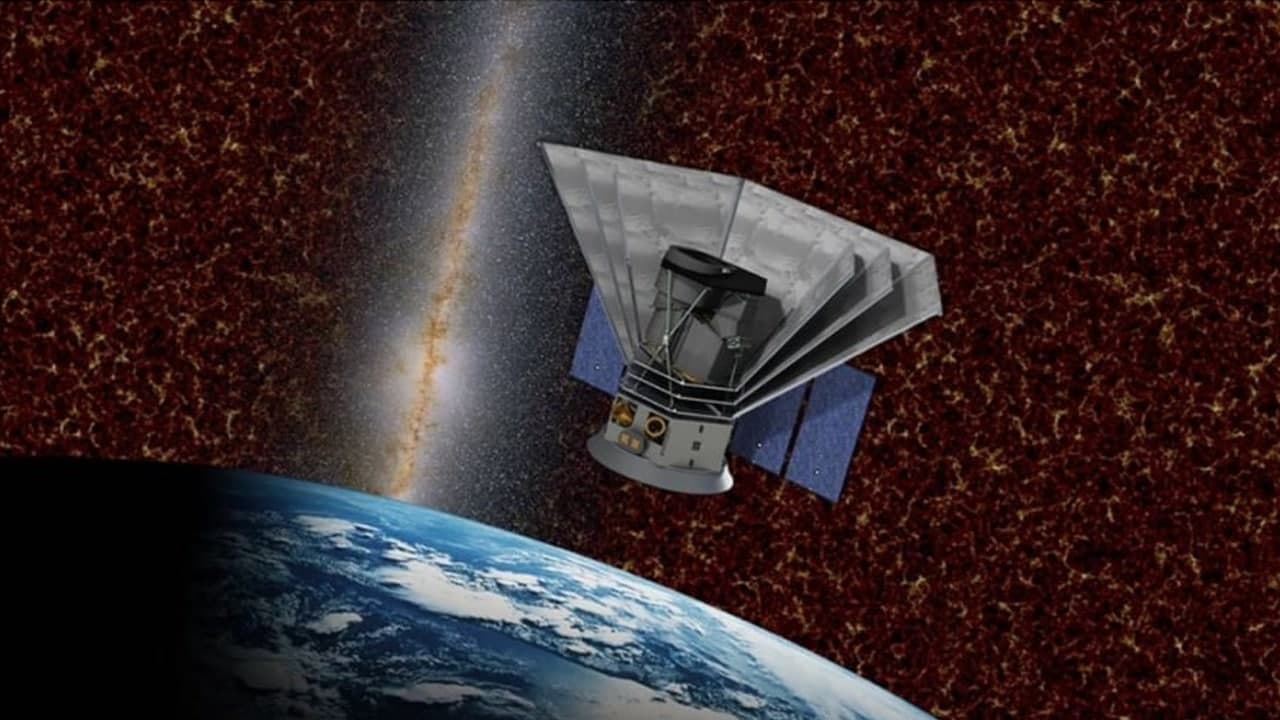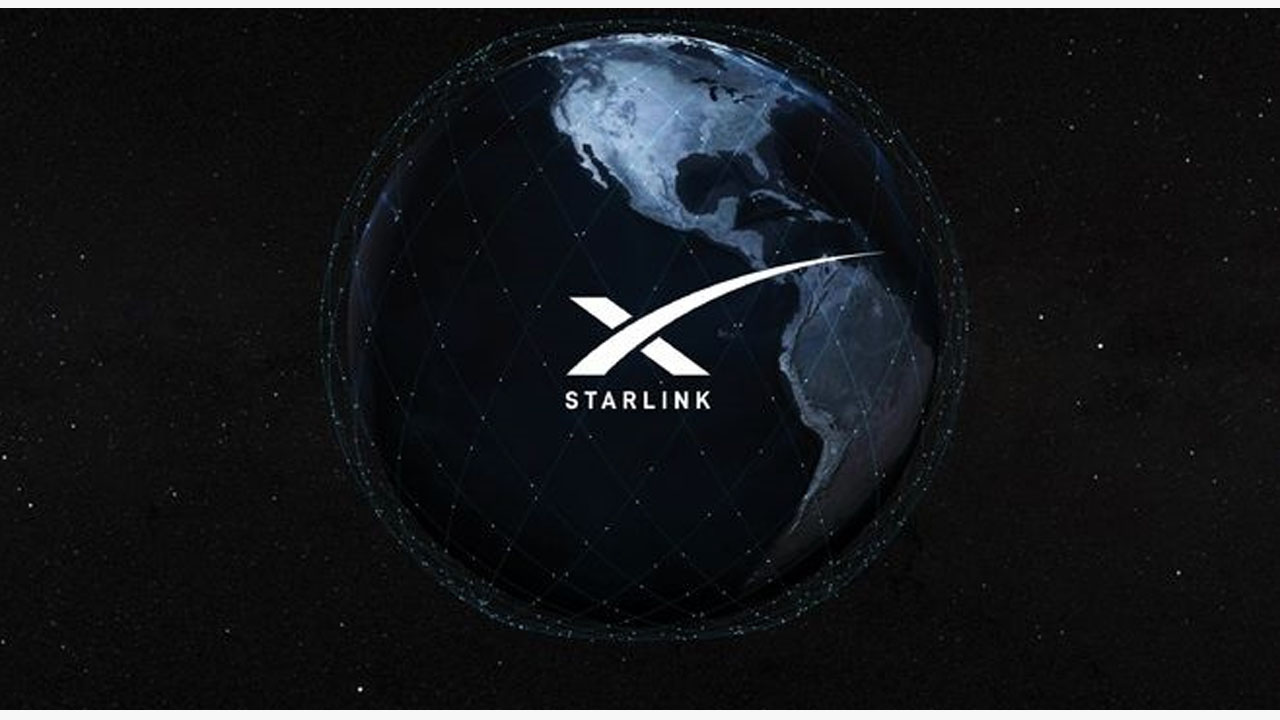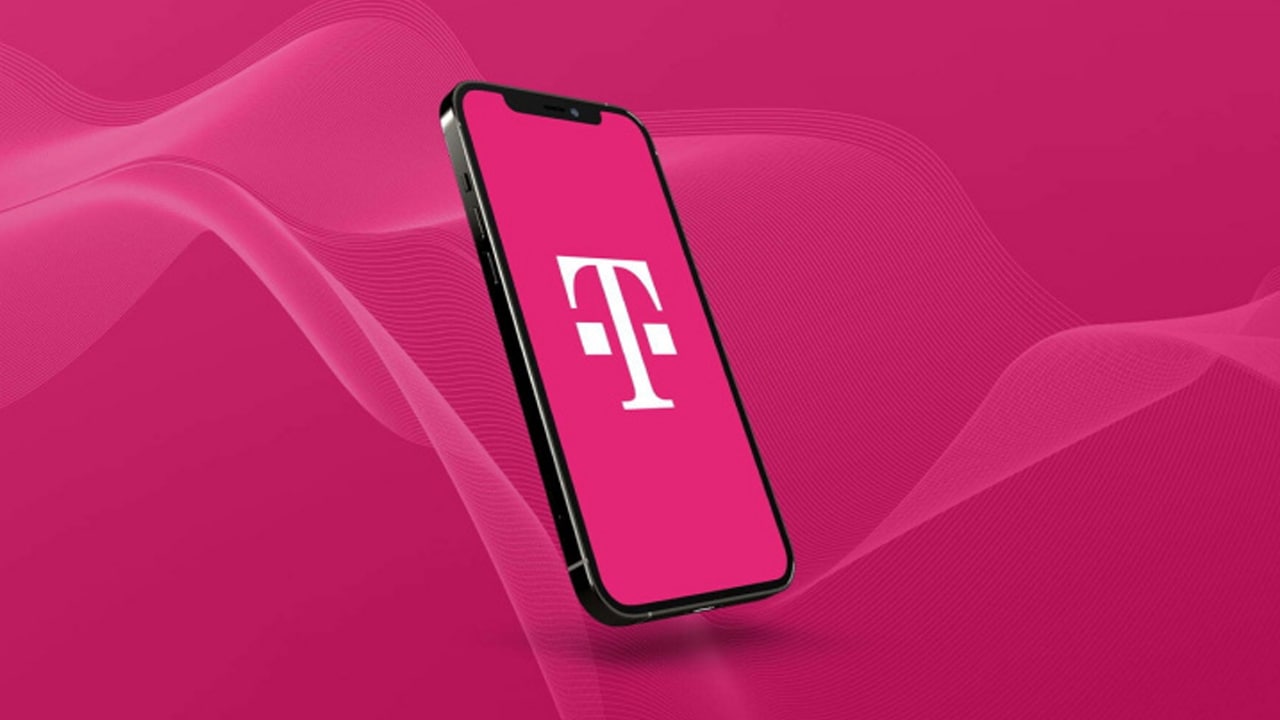The US SpaceX successfully launched a second-hand manned dragon spacecraft with a second-hand Falcon 9 rocket, sending four astronauts into space, and they will arrive at the space station in 23 hours.
The name of this mission is Crew-2. It is SpaceX’s second commercial manned launch and the fourth launch mission of the Crew Dragon spacecraft. The Dragon spacecraft used in this mission was recovered and reused after the first manned mission (DM-2) last year, and the rocket also came from the first commercial manned launch mission (Crew-1) in November last year.
About 8 minutes after the rocket lifted off, the Falcon 9 first-stage rocket successfully landed on the offshore recovery platform in the Atlantic Ocean. This “second-hand” rocket successfully turned into a “third-hand”.
As SpaceX’s second commercial manned launch mission, the Long Spacecraft took off for the first time with astronauts from two other countries’ space cooperation agencies. In addition to Shane Kimbro and Megan MacArthur of NASA, Thomas Pesquet from ESA and astronaut Akihiko Hoshi from the Japan Aerospace Exploration Agency (JAXA) are included.
A year apart, husband and wife astronauts took off on the same spacecraft
This mission is also an expedition 65/66 echelon of the International Space Station, with American astronaut Shane Kimbro as the commander, two Japanese and European astronauts as load specialists, and female astronaut Megan as the pilot.
This will be the first time Megan has entered the International Space Station. She had previously repaired the Hubble Telescope on the Atlantis space shuttle in 2009. That mission was also the last time NASA repaired Hubble. Megan is also the wife of American astronaut Bob Benken. Bob Benken successfully carried out SpaceX’s first manned launch mission (DM-2) on the Crew Dragon spacecraft in May 2020. The spacecraft is now Carry Bob’s wife Megan to space again.
Three launches sent 10 people into space
This is also the first time that SpaceX has used the old Falcon 9 rocket and the Crew Dragon spacecraft at the same time. NASA and SpaceX hope to reduce launch costs with the help of ship-arrow multiplexing technology. Up to now, SpaceX has conducted three manned launch missions: including the Crew Dragon Demonstration 2 (DM-2) on May 30, 2020, and the Crew 1 mission on November 16, 2020. -1), and this time Crew-2, three launches sent a total of 10 astronauts to space.
According to the previous contract signed with SpaceX, NASA only allows the Crew Dragon spacecraft to carry four astronauts at a time, but the Dragon spacecraft has the ability to send 7 astronauts to space at a time.
The launch was originally scheduled for April 22, but it was postponed by one day due to the weather. This is the Falcon rocket and the Crew Dragon spacecraft standing on the launch pad of the Kennedy Space Center on April 22.
Procrastinating Boeing and efficient SpaceX
As early as 2014, NASA signed a nearly $7 billion “Commercial Manned Space Development Program” contract with SpaceX and Boeing to assist American astronauts to and from the International Space Station. However, SpaceX completed the unmanned Crew Dragon Spacecraft Demonstration 1 (DM-1) mission as early as March 2019, and successfully implemented the manned flight in May 2020.
However, Boeing’s CST-100 interplanetary spacecraft failed to fly to the space station during its mission on December 20, 2019. This caused Boeing’s first manned flight demonstration mission to be postponed until the second half of 2021, and the progress was far worse than SpaceX.
The Crew-2 crew is expected to arrive at the International Space Station at 5:10 pm Beijing time on Saturday. During their stay on the International Space Station, the crew will conduct hundreds of experiments including medical research. After the crew arrives at the space station, they will handover work with the four astronauts of the Crew-1 crew who will return to Earth next week and will work on the space station for 6 months until the next batch of Crew-3 crew astronauts arrives at the space station then return to Earth.

|VIA|














